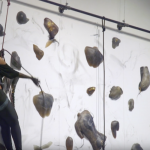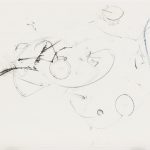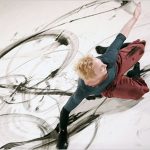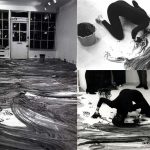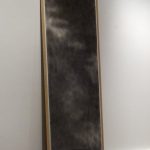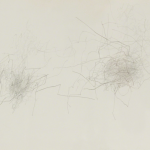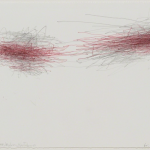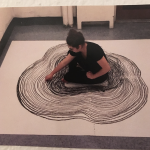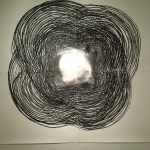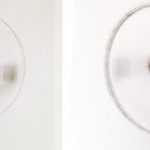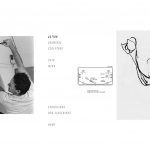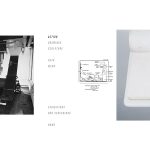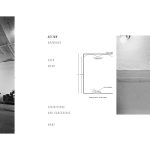What are we doing?
Unlike our previous exercise where we drew OTHER people’s bodies using a tool, this time we will be drawing our OWN bodies by recording our gestural expressions and limitations. Tools can be used, but are not required. The drawing will likely look more like an abstraction, than like a naturalistic representation our body.
The idea is to capture drawings that could not otherwise be created, due to the specifics of your own body (drawings that record your specific reach, your weight, your strength, your force, etc.) We will be tracing the movements and qualities of our specific bodies. These figure drawings will, by default, include a performative element of repetitive action. Either using your own body, or creating a device to aid your mark-making, you will select a ritual or action to guide this performative drawing. The final drawing will be an artifact, a residue of the performance.
The media choice is up to you. As we can see from these samples, it could be a traditional media such as charcoal or pen, or it could be an alternative media, like sand or grass. Your drawing surface could be vertical, horizontal, or something else. If you need any tools, please prepare them before our drawing session.
Why are we doing this? (objectives)
- to familiarizing ourselves with our own bodies’ movements and proportions (which will help us to better understand and see movement and proportions in the bodies we draw all semester long)
- to experiment with gestures in non-traditional ways
- to learn about important historic experimental figure drawing artists/dancers like Yvonne Rainer, Trisha Brown, Shen Wei, Janine Antoni, David Hammons, and others
MOMA ‘On Line’ Series: Anne Teresa De Keersmaeker from Ben Coccio on Vimeo.
Steps
- Spend some time thinking about what your favorite gestures are. These are not restricted to those made with just hands or arms – any gesture with any part of your body.
- We will prepare large paper for drawing (unless you’ve selected a different surface to draw on). Each person’s paper should be at least as tall as the person with their hands fully extended overhead, and as wide as their hands fully extended to the sides.
- We will very physically explore the connection between movement and drawing. We will look to artists who have used their entire bodies to create marks in our drawings.
- Either using your own body, or tool to assist in mark-making, you will construct a ritual or action inspired by one or more of your favorite gestures.
- We will experiment with gestural processes, using our entire bodies, and just parts of bodies, to draw on large sheets of paper. We’re likely using more of our bodies than just our hands to draw.
- The final drawing will be an artifact, a residue of the performance.
RESOURCES
Yvonne Rainer’s Hand Movie (1966)
Draw to Perform Facebook Group
Grading
Willingness to fully participate for the entirety of the exercise – full credit
